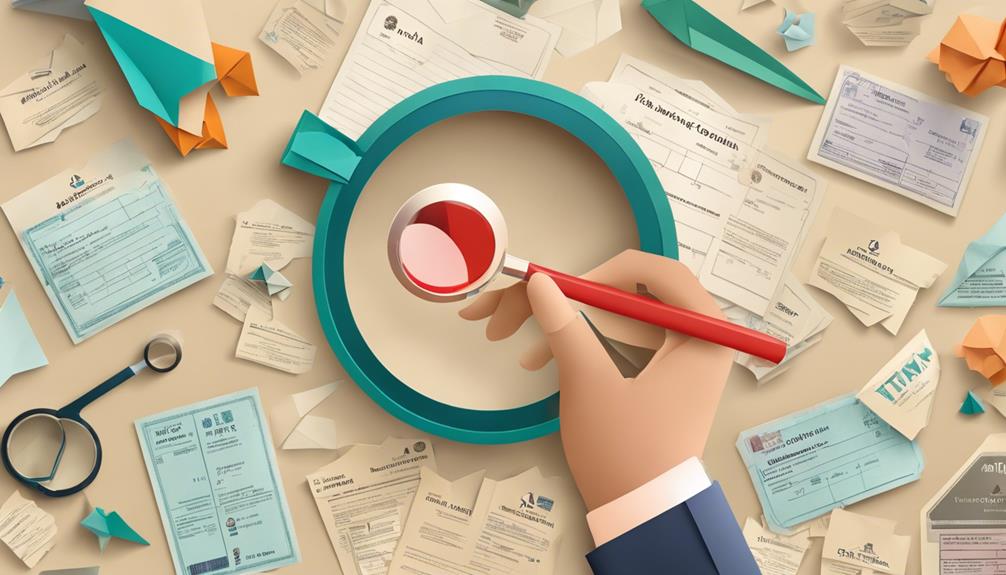Navigating the intricacies of an Aetna Insurance Card is a fundamental skill for ensuring that one fully leverages their healthcare benefits. This card, more than a mere piece of plastic, encapsulates vital details about the member's coverage, including the plan type, member ID, and the network of providers.
However, the significance of each segment and symbol on the card often remains obscure to many. Unveiling these details not only demystifies one's healthcare coverage but also empowers individuals to make informed decisions regarding their medical services.
Let us explore the key elements on the card and their implications for your healthcare journey.
Key Takeaways
- The Member ID is crucial for accessing services and managing healthcare within the Aetna network.
- Understanding your plan type is essential for coordinating care and accessing the appropriate provider network.
- The Group Number on your card is key for ensuring claims are processed correctly and efficiently.
- Coverage dates on the card inform you about the start and end of your coverage period, crucial for maintaining continuous healthcare access.
Understanding Your Member ID
Your Member ID on the Aetna insurance card serves as a crucial identifier, uniquely distinguishing you within the Aetna healthcare network. This unique identifier is specific to you as an Aetna member, embodying the essence of personalized healthcare access and administration. The importance of the Member ID extends beyond mere identification; it is essential for accessing medical and prescription services. To ensure seamless care, it is imperative to present this ID whenever you seek healthcare services.
Located prominently on the front of your Aetna insurance card, the Member ID is the key to verifying your coverage and benefits. This not only facilitates a smoother interaction with healthcare providers but also ensures that your entitlements are accurately recognized and applied during your healthcare journey. It's important to distinguish the Member ID from other elements on the card, such as the Group Number and Plan name, which serve different purposes.
Deciphering Plan Type

After understanding the significance of the Member ID, it is equally important to decode the type of plan indicated on your Aetna insurance card, as this determines the network of healthcare providers and services available to you. The plan type, identifiable through an abbreviation such as HMO (Health Maintenance Organization), PPO (Preferred Provider Organization), or EPO (Exclusive Provider Organization), is a crucial piece of information. Each abbreviation not only signifies a distinct model of care coordination and administration but also outlines the network of doctors, specialists, and facilities you can access.
Understanding your plan type is foundational in knowing where you can seek covered healthcare services. Importantly, different plan types come with varying rules and cost implications, especially concerning out-of-network care. This variance affects how you plan and pay for your healthcare needs.
Given the nuances and potential complexities in plan types, Aetna provides assistance through their advocate services. Should you need further clarification on your plan type or have specific inquiries about what your plan entails, contacting an Aetna advocate at 1-833-383-2650 (TTY: 711) can help ensure you fully understand and maximize your benefits.
Recognizing Your Group Number

Understanding the significance of your group number on your Aetna insurance card is crucial for ensuring the correct processing of your healthcare claims.
This number, typically positioned near the top of your card, serves as a unique identifier for the specific insurance plan you are part of, facilitating healthcare providers in billing the appropriate group.
It is essential to accurately provide this group number when accessing medical services to guarantee that your coverage is accurately applied.
Locating Group Number
Identifying the group number on an Aetna insurance card is a crucial step in ensuring the smooth processing of medical and prescription services. This number is typically situated near the top of the card, often adjacent to the Aetna logo, making it one of the first details you'll notice.
The group number acts as a unique identifier for your employer or organization's insurance plan, playing a vital role in accurate billing and coverage verification during medical or prescription service transactions. It may also be labeled as a 'policy number' or 'plan number.'
If locating the group number proves challenging, the back of your insurance card provides additional guidance, or you can seek direct assistance by contacting an Aetna advocate at 1-833-383-2650 (TTY: 711).
Importance of Group Number
Recognizing your Group Number on an Aetna insurance card is essential for facilitating accurate and efficient healthcare services. This specific identifier pinpoints the group plan you are a part of, playing a critical role in the billing process and ensuring you receive the correct coverage benefits.
Typically, this number is clearly displayed on the front of your card, making it easily accessible for both you and your healthcare provider. It's worth noting that all members within the same group plan share an identical Group Number, underscoring its importance in linking you to your specific coverage details.
Should there be any confusion or questions regarding your Group Number, Aetna offers support through their advocate line at 1-833-383-2650 (TTY: 711), where assistance is readily available.
Identifying Coverage Dates
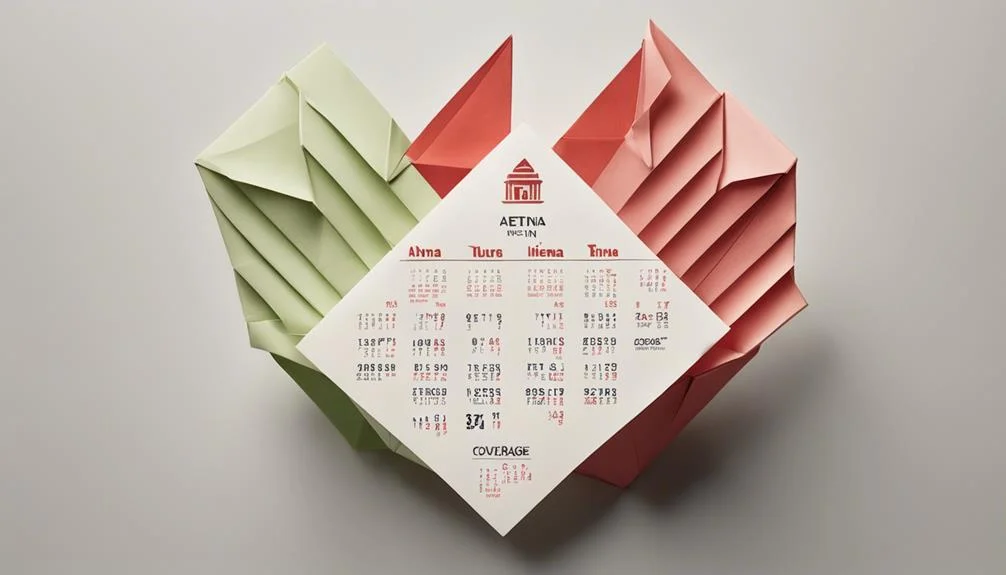
Understanding the coverage dates on your Aetna insurance card is crucial for making informed decisions about your healthcare needs. The 'Effective Date' marks the commencement of your coverage, while the 'Termination Date' signifies when your coverage ends.
Ensuring these dates align with your expected enrollment period helps maintain continuous healthcare coverage.
Coverage Start Date
Determining the coverage start date on your Aetna insurance card is crucial, as it marks the commencement of your health insurance benefits. This date is fundamental as it signifies when you are entitled to start utilizing your insurance privileges for medical services. Typically, the coverage start date is conveniently positioned near your personal details on the card, making it relatively easy to locate.
It's imperative to ascertain this date to confirm your eligibility for coverage prior to seeking any medical interventions. Should you encounter any uncertainties or require further clarification regarding your coverage start date, Aetna provides support. Contacting the Aetna advocate at 1-833-383-2650 (TTY: 711) can offer the necessary assistance and answer any inquiries you might have about your coverage start date.
Coverage End Date
As crucial as it is to know when your Aetna insurance coverage begins, it is equally important to identify the coverage end date to maintain uninterrupted access to healthcare services.
The coverage end date on an Aetna insurance card marks the last day your current coverage is valid. Monitoring this date is vital for ensuring active insurance during medical visits or when filling prescriptions. It also aids in planning for renewal or changes to your insurance before expiration.
Providing the coverage end date is often necessary when scheduling appointments or verifying eligibility for services. To avoid any gaps in coverage and ensure continuous healthcare access, it's advisable to make a note of the coverage end date.
Interpreting Benefits Summary
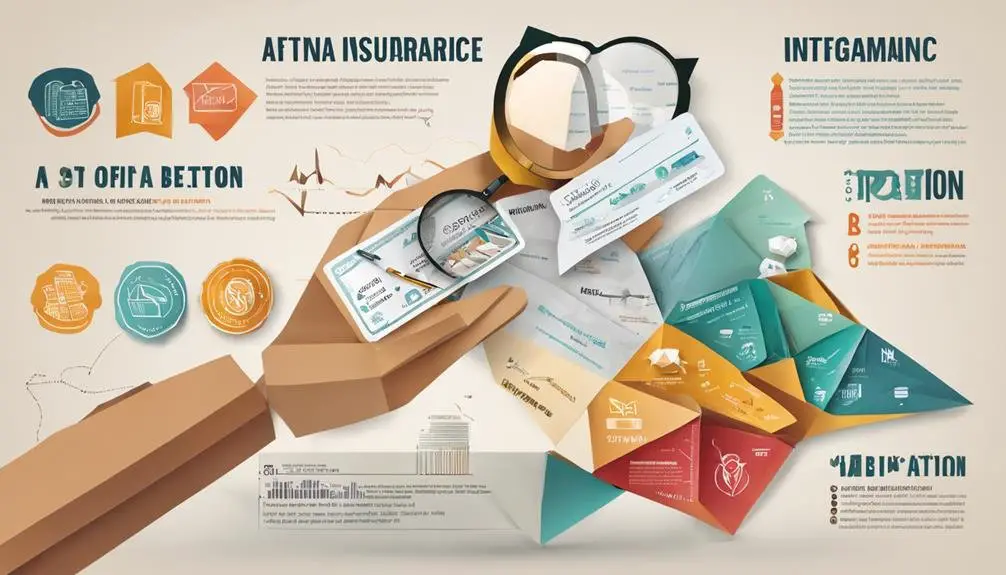
Interpreting the benefits summary on your Aetna insurance card is crucial for grasping the extent of your healthcare coverage and the services available to you. This section of your insurance card encapsulates vital information regarding your health plan, including copayments, deductibles, coinsurance, and out-of-pocket maximums. These financial terms represent your share of the costs for a range of services, from doctor's visits to hospital stays, and understanding them can significantly affect your healthcare spending.
Moreover, the benefits summary provides a comprehensive overview of covered services, which may include prescription drug coverage, preventive care, and specific procedures or treatments. It also outlines any exclusions or limitations to your coverage, ensuring you are fully informed about what your insurance plan does and does not cover. This knowledge is indispensable for making informed healthcare decisions and avoiding unforeseen expenses.
If the details in your benefits summary raise questions or if you require further clarification, Aetna encourages contacting an Aetna advocate or visiting the Sodexo Benefits Center website. These resources are designed to assist you in navigating your benefits, ensuring you can leverage your healthcare coverage to its fullest potential.
Locating Provider Network Information
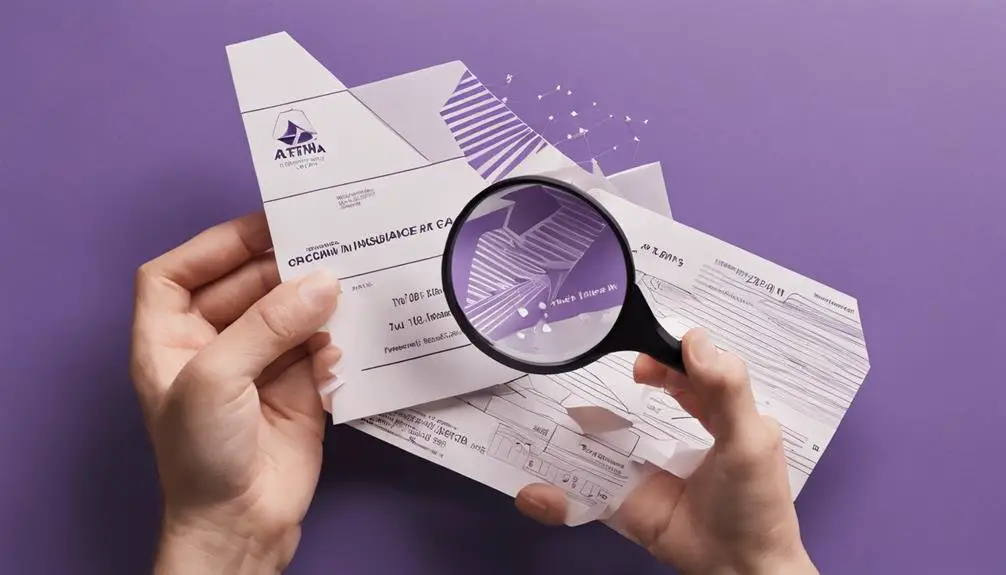
Identifying which healthcare providers are within your Aetna network is essential for maximizing cost savings, and this information can usually be found on either the front or back of your Aetna insurance card. The provider network includes a list of healthcare professionals and facilities that have agreed to offer services at discounted rates to Aetna members. Being aware of this information is crucial for reducing out-of-pocket expenses and ensuring that the services you receive are covered under your plan.
To locate provider network information on your Aetna insurance card, consider the following steps:
- Check both sides of the card: The network name or logo is typically printed on the front or back. This is your first clue in identifying in-network providers.
- Look for specific network names or logos: These will indicate exactly which healthcare providers are considered in-network, offering discounted rates for medical services.
- Verify before seeking care: Always confirm the provider network information by contacting Aetna or visiting their website before seeking medical care. This ensures that the provider is still in-network and helps avoid unexpected costs.
Reading Prescription Benefits
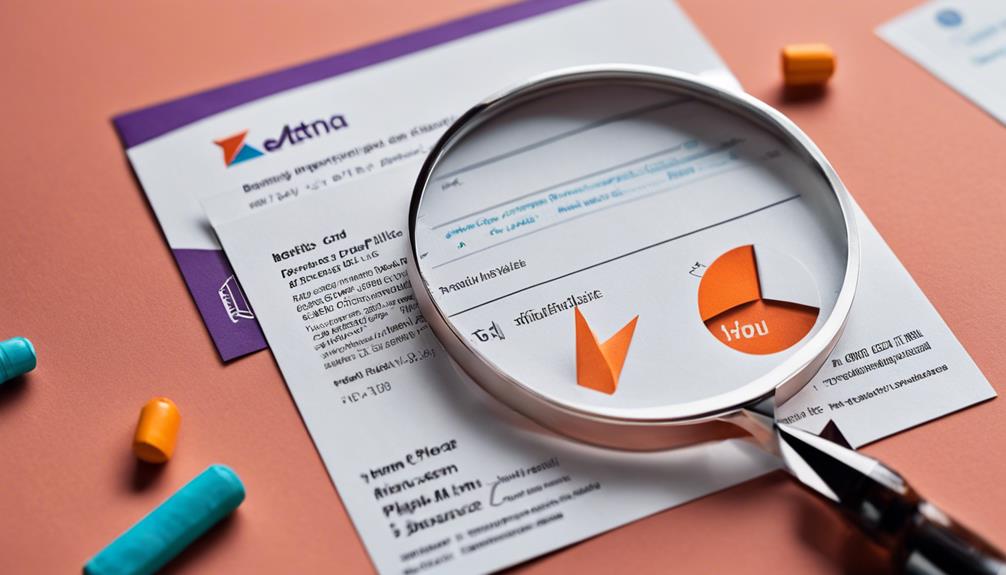
Understanding your prescription benefits on an Aetna insurance card is crucial for efficiently managing your medication needs. The cornerstone of this understanding is the Prescription drug BIN number, a unique identifier found on your card that is essential for processing prescription medication claims. This number ensures that pharmacies can accurately bill Aetna for your medications, facilitating a smooth transaction and coverage process.
It is vital to ensure that the BIN number on your Aetna insurance card matches the information provided by your pharmacy. Any discrepancy between these numbers can lead to issues with prescription coverage, potentially resulting in delays or denials of benefit access. By familiarizing yourself with the BIN number on your card, you can streamline the process of filling prescriptions and receiving medication benefits, making your healthcare experience more seamless.
Conclusion
In conclusion, accurately interpreting an Aetna insurance card is pivotal for beneficiaries to effectively utilize their healthcare coverage.
It necessitates a thorough understanding of various elements, including the member ID, plan type, group number, coverage dates, benefits summary, provider network information, and prescription benefits.
Mastery of these details ensures that individuals can access medical services efficiently, verify their plan's specifics, and address any discrepancies promptly.
Such comprehension underpins the effective navigation of healthcare services, optimizing the utilization of insurance benefits.
